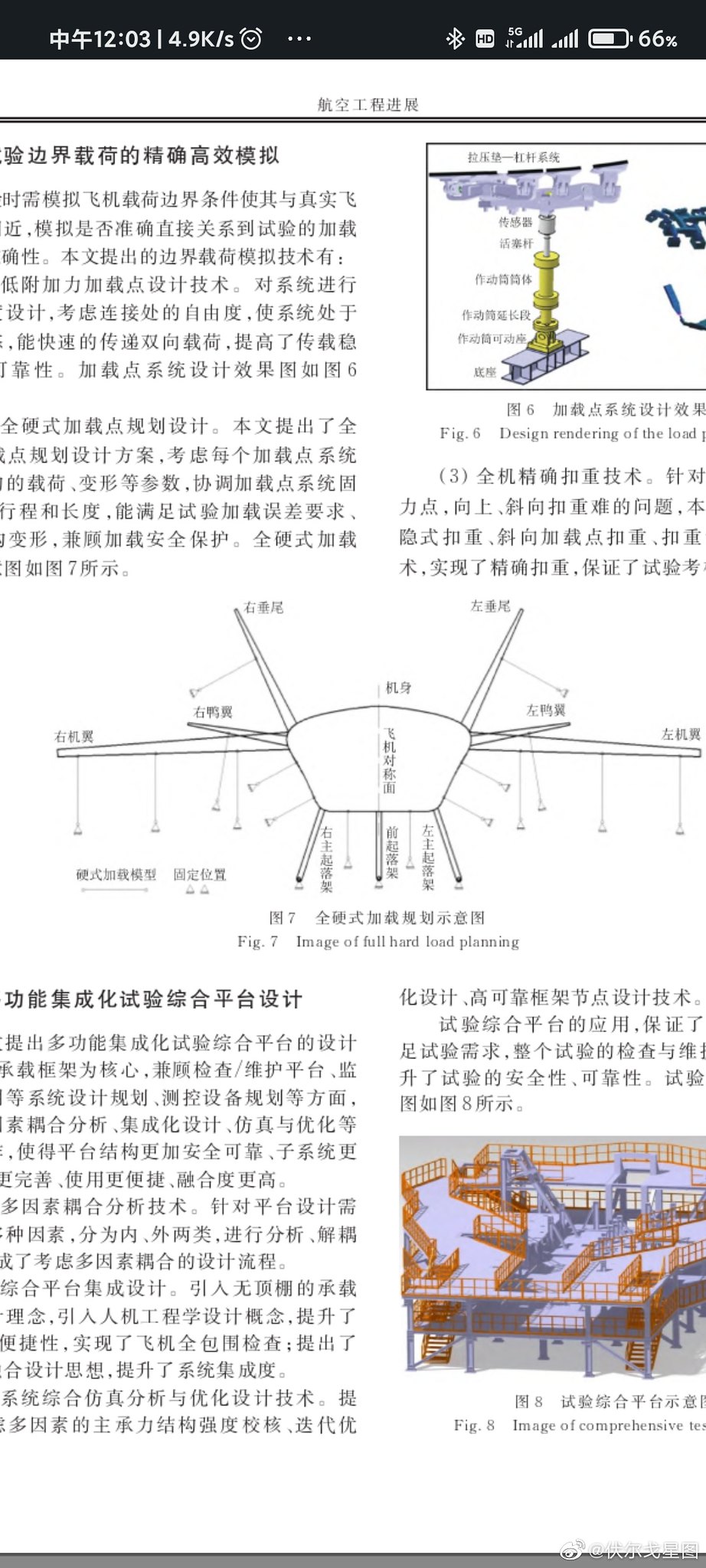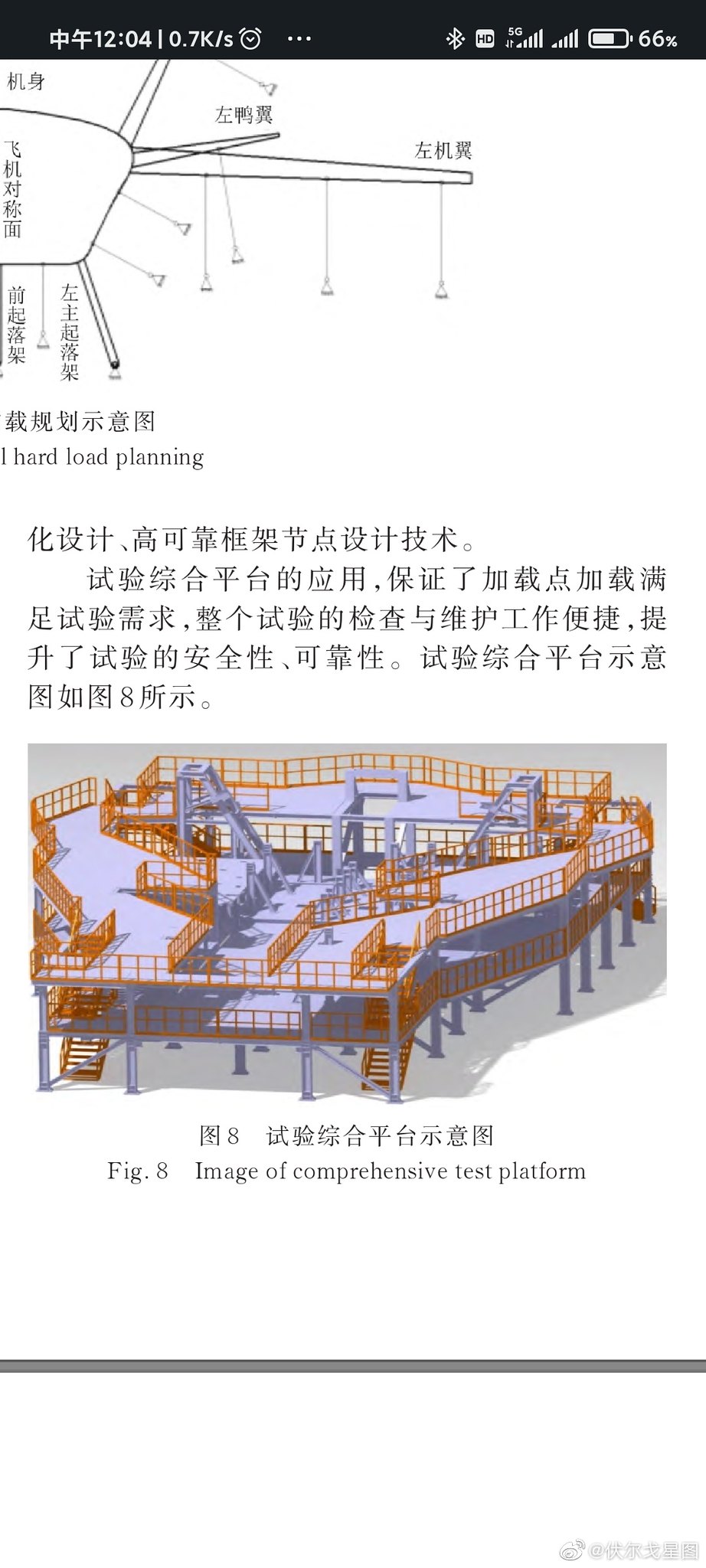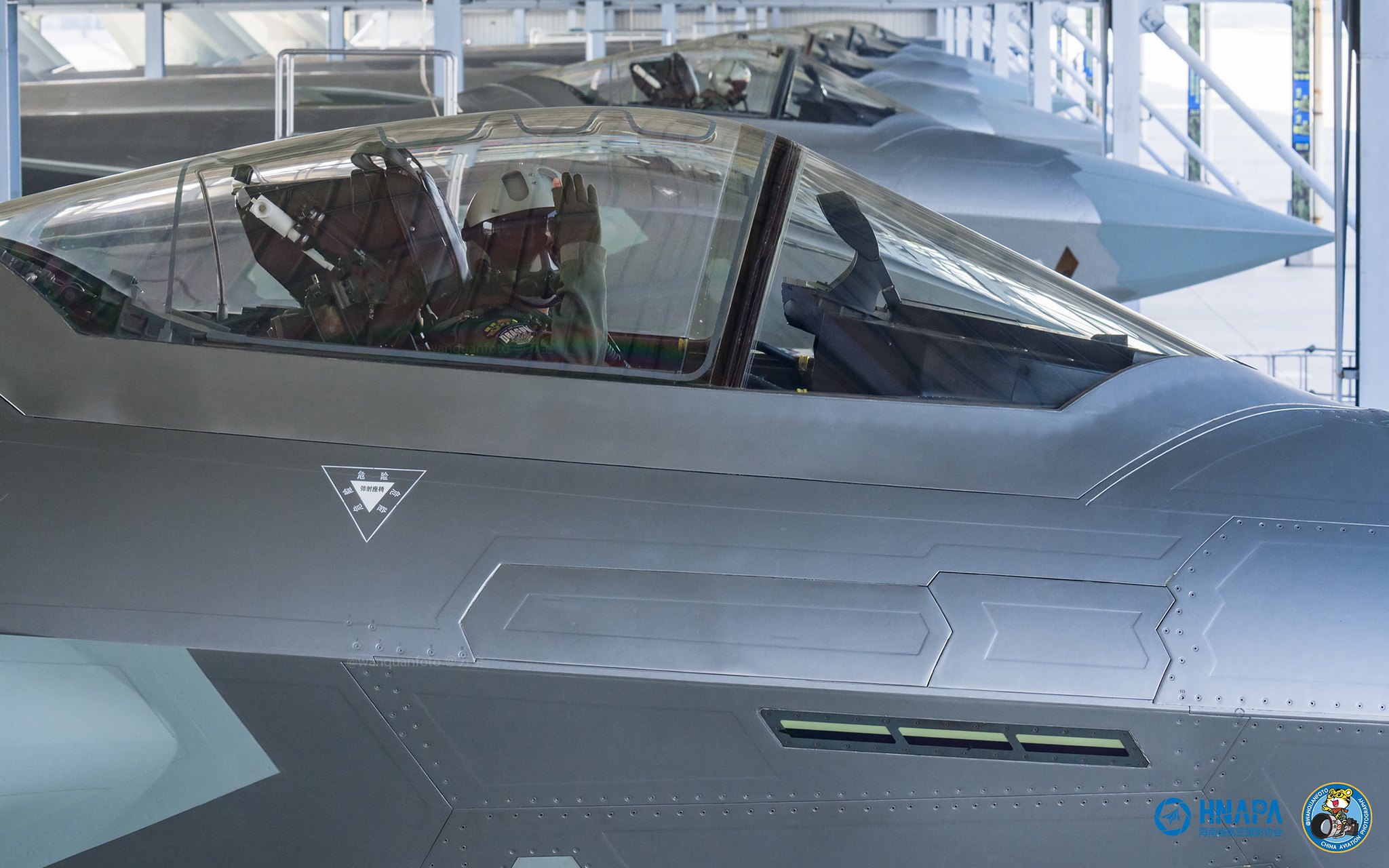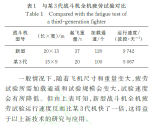is a copy of the paper.
A few other takeaways besides the curious seemingly-J-20 related diagrams:
- The authors assesses current capabilities of China's full-aircraft fatigue testing programs to have attained generally comparable levels vis-à-vis western counterparts after decades of development, although notable shortfalls remain in various domains, including modular tests, overall planning, tech implementations, damage treatments, etc. (the above is based on a notional translation of the excerpt:
我国在强度试验领域经过了近半个世纪的发展,建立了较完整的试验体系......与欧美等国的全机疲劳试验技术相比,试验整体技术已经相当,但在个别方面还存在一定差距,主要体现在试验积木式验证、总体规划、部分实施技术以及试验损伤处置等方面。)
- After incorporation of latest aircraft fatigue testing technologies, testing speeds for a new generation fighter aircraft (presumably J-20) improved considerably over a legacy 3rd generation fighter aircraft (presumably some variant of J-10).
View attachment 113069
The specific measure provided for testing speed nearly doubled (# of bands/day, 9742 vs 5067, +92%) for the newer fighter despite greater testing complexities with being a larger platform.
It might be interesting to compare this indicator with what one can find for USAF/USN aircrafts, with the usual apple/orange caveats in mind.






